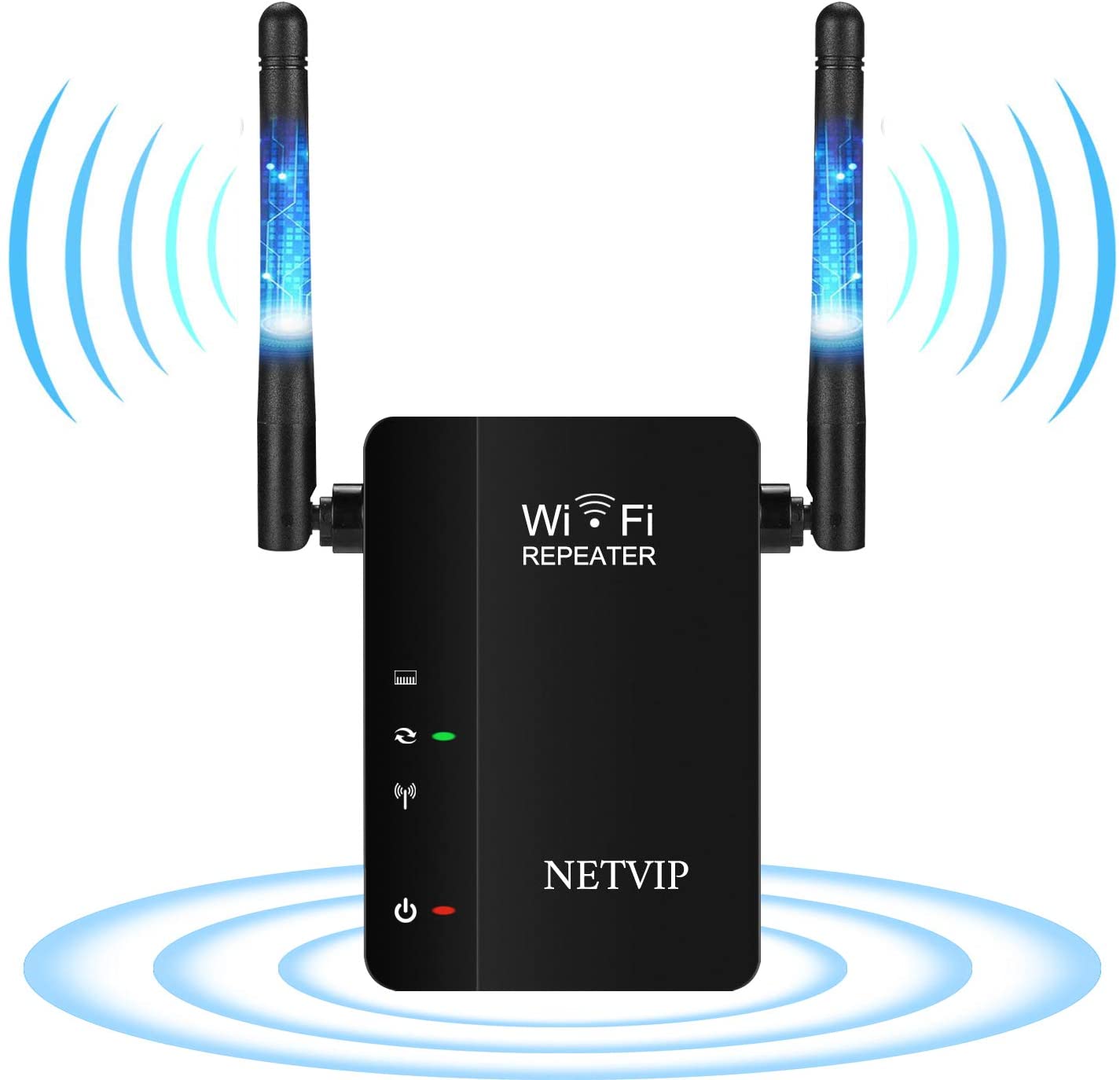Amplificateur Wifi, or WiFi amplifier in English, is your secret weapon against weak Wi-Fi signals. Imagine effortlessly streaming movies in your backyard or having reliable internet access in every corner of your home. This guide will walk you through everything you need to know about choosing, installing, and optimizing your own WiFi amplifier, transforming your home network from frustrating to fantastic.
So you’re looking at wifi extenders, or “amplificateur wifi” as they say in French. Getting a strong signal is crucial, especially if you’re into aerial photography and flying drones. Check out the latest DJI products from dji canada to see how their range impacts your wifi needs. A good wifi extender can help ensure smooth, lag-free operation for your drone, maximizing your flight time and image quality.
We’ll cover the different types of amplifiers available, helping you understand the technical specs and features to look for. From mesh systems to traditional extenders, we’ll compare performance and help you decide which solution best fits your needs and budget. We’ll also tackle the setup process, offering troubleshooting tips and addressing common issues. Get ready to say goodbye to dead zones and hello to a stronger, more reliable Wi-Fi connection!
Understanding “Amplificateur Wifi”
A WiFi amplifier, also known as a WiFi extender or repeater, boosts your existing wireless network’s signal strength, expanding its coverage area. This is crucial for homes or offices with large floor plans, thick walls, or areas with signal interference. Several types exist, each with varying capabilities and performance characteristics.
WiFi Amplifier Functions and Types
A WiFi amplifier receives a WiFi signal from your router, amplifies it, and retransmits it. This extends the range of your network, allowing devices further away to connect. The main types include range extenders (which simply repeat the signal), powerline adapters (which use your home’s electrical wiring to transmit the signal), and mesh WiFi systems (a more sophisticated approach using multiple interconnected nodes).
So you’re thinking about boosting your Wi-Fi signal with an amplificateur wifi? That’s smart, especially if you’re anticipating a future where drone deliveries are common. Check out the investment potential in this growing sector by looking at drone delivery Canada stock ; it might be worth considering. A strong Wi-Fi signal is crucial for managing those deliveries, whether you’re a consumer or an investor, so make sure your amplificateur wifi is up to the task!
Mesh WiFi vs. Traditional WiFi Amplifiers
Mesh WiFi systems offer a more seamless and robust solution compared to traditional WiFi amplifiers. While traditional amplifiers can suffer from signal degradation and create multiple network names, mesh systems create a single, unified network across multiple nodes, resulting in consistent speeds and performance. However, mesh systems typically cost more than individual amplifiers.
Factors to Consider When Choosing a WiFi Amplifier
Selecting the right amplifier depends on several factors, including your home’s size and layout, the number of devices you need to connect, your budget, and the desired level of performance. Consider the amplifier’s speed, range, frequency bands (2.4 GHz and/or 5 GHz), security features, and ease of setup.
- Home size and layout
- Number of connected devices
- Budget
- Desired speed and range
- Frequency bands (2.4GHz and/or 5GHz)
- Security features (WPA2/WPA3)
- Ease of setup
Technical Specifications and Features
Understanding key technical specifications ensures you choose an amplifier that meets your needs. Signal strength and range are paramount, influenced by factors like frequency bands, data transfer rates, and power output. Modern amplifiers often include features like QoS (Quality of Service) and beamforming to optimize performance.
Key Technical Specifications and Features of WiFi Amplifiers
| Feature | Description | Benefits | Considerations |
|---|---|---|---|
| Frequency Bands | 2.4 GHz and/or 5 GHz | 2.4 GHz offers better range, 5 GHz offers higher speeds | Dual-band amplifiers offer flexibility |
| Data Transfer Rates | Measured in Mbps (Megabits per second) | Higher rates mean faster downloads and uploads | Actual speeds depend on many factors |
| Power Output | Measured in dBm (decibels relative to one milliwatt) | Higher power output generally means greater range | Higher power may interfere with other devices |
| Signal Strength | Indicates the intensity of the WiFi signal | Stronger signal means better connection reliability | Affected by distance, obstacles, and interference |
| Range | The distance the amplifier can effectively extend the WiFi signal | Wider coverage means more devices can connect | Affected by environmental factors |
| QoS (Quality of Service) | Prioritizes network traffic for specific applications | Improved performance for streaming and gaming | Requires configuration |
| Beamforming | Focuses the WiFi signal towards connected devices | Improved signal strength and speed | Not all devices support beamforming |
| Security Protocols | WPA2/WPA3 encryption | Protects your network from unauthorized access | Ensure your devices and amplifier support the latest protocols |
Installation and Setup
Installing a WiFi amplifier is generally straightforward. Proper placement is key to maximizing signal coverage and minimizing interference. Troubleshooting common issues, such as weak signals or connection drops, often involves checking placement, network settings, and the amplifier’s connection to the router.
Step-by-Step WiFi Amplifier Installation
- Connect the amplifier to a power outlet.
- Connect to the amplifier’s WiFi network using your device.
- Follow the amplifier’s instructions to connect it to your main WiFi network.
- Once connected, your devices should automatically connect to the extended network.
Optimizing WiFi Amplifier Placement and Troubleshooting

For optimal performance, place the amplifier midway between your router and the area with weak signal, avoiding obstacles like walls and large metal objects. If you experience issues, try these steps:
- Check the amplifier’s placement.
- Restart the amplifier and your router.
- Check for interference from other devices.
- Update the amplifier’s firmware.
- Check your router’s settings.
Practical Applications and Use Cases
WiFi amplifiers are beneficial in various situations, particularly in larger homes or areas with poor signal penetration. The ideal amplifier type depends on the specific environment and the number of devices needing coverage. Multiple amplifiers can be used to extend coverage across a very large area.
Ideal WiFi Amplifiers for Different Home Sizes and Layouts

| Home Size | Layout | Recommended Amplifier Type | Considerations |
|---|---|---|---|
| Small Apartment | Open plan | Single range extender | Simple setup, cost-effective |
| Medium-sized House | Multiple floors | Dual-band range extender or mesh system (2 nodes) | Better performance than single extender |
| Large House | Complex layout, thick walls | Mesh system (3+ nodes) | Best for extensive coverage and seamless connectivity |
Extending WiFi Range with Multiple Amplifiers
For very large homes or offices, using multiple amplifiers can significantly extend the range. Carefully plan the placement of each amplifier to minimize overlap and maximize coverage. Consider using a mesh system for seamless handoff between amplifiers.
Comparison with Alternative Solutions
Several solutions exist for improving WiFi coverage, including mesh WiFi systems and WiFi extenders. Each offers different advantages and disadvantages in terms of cost, performance, and ease of setup. Mesh systems generally provide a superior user experience but at a higher price point.
Comparison of WiFi Solutions
| Solution | Advantages | Disadvantages |
|---|---|---|
| WiFi Amplifier (Extender) | Cost-effective, easy to set up | Can reduce speeds, creates multiple network names |
| Mesh WiFi System | Seamless roaming, consistent speeds, advanced features | More expensive, more complex setup |
| Powerline Adapter | Uses existing electrical wiring, good for hard-to-reach areas | Speeds depend on the quality of the electrical wiring |
Security Considerations: Amplificateur Wifi

Securing your WiFi network is crucial, especially when extending its range. Using strong passwords and enabling WPA2/WPA3 encryption are essential steps. Regular firmware updates and careful device management help maintain a secure network.
Securing Your Extended WiFi Network
- Use a strong, unique password for your WiFi network.
- Enable WPA2/WPA3 encryption.
- Regularly update the firmware on your router and amplifier.
- Disable WPS (Wi-Fi Protected Setup) unless absolutely necessary.
- Use a firewall to protect your network.
- Regularly check your network for unauthorized devices.
Cost and Value
The price of WiFi amplifiers varies greatly depending on features, performance, and brand. Consider the long-term value proposition, balancing cost with performance and features. A more expensive, high-performance amplifier may be a better investment in the long run if it provides better coverage and speed for a larger number of devices.
Cost vs. Performance of WiFi Amplifiers, Amplificateur wifi
:max_bytes(150000):strip_icc()/5LW4043312-WiFiExtender-Side-5bb27341c9e77c0051c1cd11.jpg)
| Amplifier Model (Example) | Price Range | Performance (Speed & Range) | Features |
|---|---|---|---|
| Budget Amplifier | $20-$40 | Moderate speed and range | Basic features |
| Mid-range Amplifier | $50-$100 | Good speed and range | Dual-band, QoS |
| High-end Amplifier | $100+ | Excellent speed and range | Advanced features, mesh capabilities |
Final Conclusion
Choosing the right amplificateur wifi can significantly improve your home’s Wi-Fi coverage and reliability. By understanding the different types of amplifiers, their technical specifications, and potential security considerations, you can make an informed decision. Remember to consider your home’s size, layout, and internet usage when selecting an amplifier. With a little planning and the right equipment, you can enjoy a seamless and powerful Wi-Fi experience throughout your home or office.
Clarifying Questions
What’s the difference between a WiFi amplifier and a WiFi extender?
So you’re thinking about getting a wifi amplifier, or “amplificateur wifi”? Before you do, it’s super helpful to know what frequency band your iPhone is using, because that impacts how well the amplifier will work. Check it out by following these easy steps on how to find out your current wifi frequency: how to check your wifi ghz on iphone.
Knowing your GHz will help you choose the right wifi amplifier for optimal performance and avoid unnecessary purchases.
While often used interchangeably, WiFi amplifiers generally offer better performance than extenders due to their ability to receive and retransmit signals more powerfully. Extenders often just repeat the signal, potentially reducing its strength.
How many devices can a WiFi amplifier support?
The number of devices a WiFi amplifier can support depends on its specifications, primarily its bandwidth and processing power. Check the amplifier’s documentation for its maximum recommended number of connected devices.
Can I use a WiFi amplifier with my existing router?
Yes, WiFi amplifiers work by connecting to your existing router’s network. They extend the range of your existing network, not replacing it.
Do WiFi amplifiers reduce internet speed?
They can, but a well-placed, high-quality amplifier should minimize this effect. Some signal loss is inevitable due to the process of receiving and retransmitting the signal.